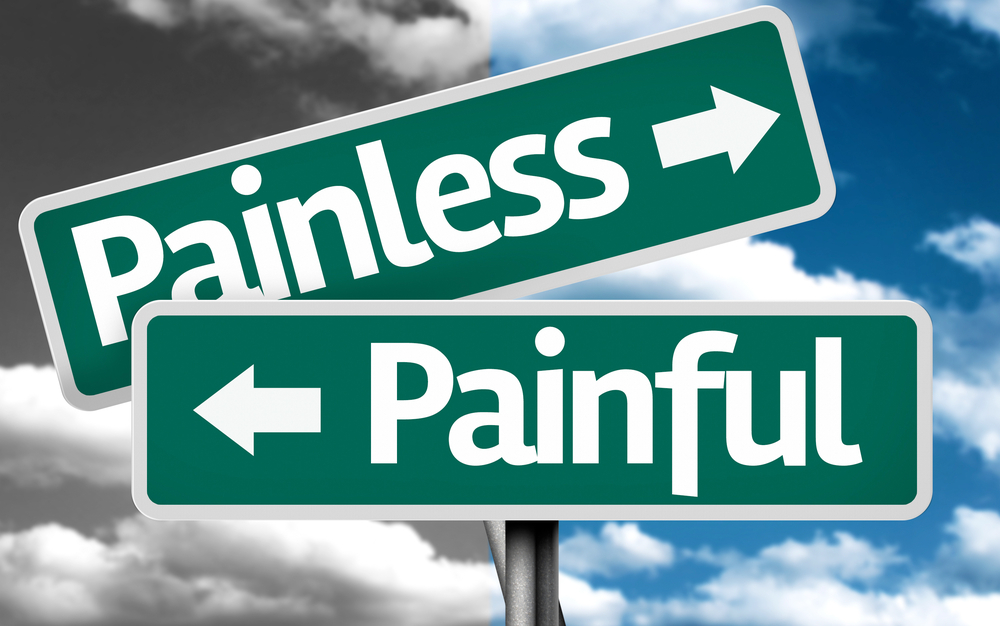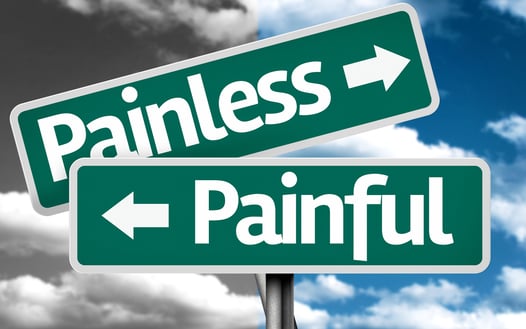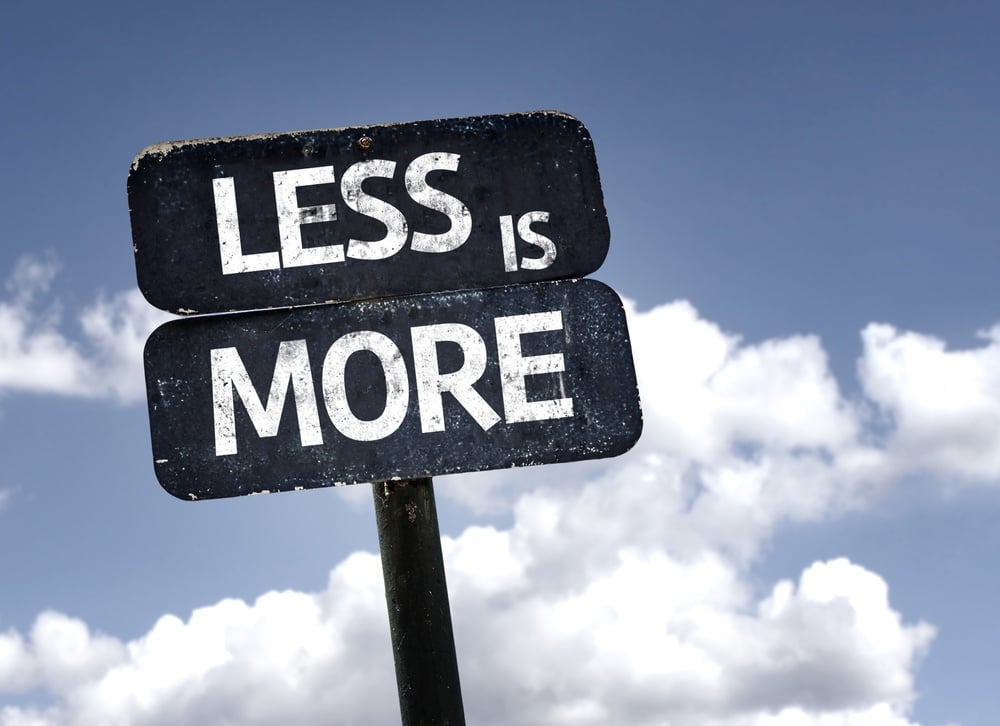BEST DENTIST is the one you do NOT need!!!
Let’s face it, no matter how awesome your dentist may be, there are many other things that you would rather do with your time and money. Ideally, the...
5 min read
Dr. Joanne Baldos and Dr. Adam Szymczak : Nov 30, 2019 7:25:21 PM

If any of the above is true and your fear of the dentist has kept you busy searching the internet for a solution, you have come to the right place!
No matter where you live, the information below will sort out all the confusion and guide you to not only get the dental work that you or your loved one needs, but also help you overcome dentist fear.
Sedation Dentistry is the use of drugs to help a patient feel relaxed and be pain-free during a dental appointment. Most people refer to “sedation dentistry” as “sleep dentistry”; however they are not the same thing. There are 4 levels of sedation dentistry, only the deepest level of sedation dentistry is sleep dentistry.

The level of sedation dentistry that is the best choice for you depends on 2 factors:
The greater your dentist fear the higher the level of sedation that should be used to ensure complete comfort.
Sedation dentistry can be used for any dental procedure from simple cleaning to invasive dental surgery. The more involved the dental procedure the higher the level of sedation that should be used.

Going to sleep for dental work or a medical procedure is not like going to bed at night! General Anesthesia is the administration of medications that make a person lose consciousness.
A person’s ability to maintain an airway is commonly compromised, protective reflexes are often absent and breathing is often depressed. As such, to maximize safety, general anesthesia should be administered by a medical doctor that is specifically trained in anesthesia. Furthermore, choose a medical anesthesiologist that has extensive experience in the administration of general anesthesia at a dental office!
The recommendation of General Anaesthesia should NOT be taken lightly. This deepest level of Sedation Dentistry should be reserved for patients:
Regardless of the type of sedation you receive, your dentist will administer a local anesthetic (dental freezing) to ensure your comfort during and after the procedure.

Most of the dental offices that do offer sedation dentistry ONLY offer Level 1: Minimal Sedation and Level 2: Moderate Sedation. These dentists often refer to themselves as “sedation dentists”. You are at risk of not getting a high enough level of sedation and your level of comfort may be compromised as the higher levels of sedation are not available at these dental offices.
Administration of Level 3: Deep Sedation and Level 4: Sleep Dentistry requires specialized training and equipment and as such these offices are rare and tend to do ONLY these levels of sedation dentistry. Furthermore, these offices are often restricted to performing only certain dental procedures. Here you are at risk of having a level of sedation that is deeper than you need for your level of dentist fear and the type of dental procedure that you are undergoing. Which may not seem like a big deal, but the deeper the level of sedation the more costly it is and the longer the recovery is.
It is in your best interest to choose a dental office that offers all 4 levels of sedation for dentistry and offers all dental procedures. The level of sedation will be tailored to your specific needs for the specific procedure that you are getting done.

Being dependent on sedation dentistry to get your dental work done does not give you an opportunity to be free of dental anxiety. A compassionate dentist will help you conquer dentist fear by skillfully and over time decreasing the Level of Sedation as your trust and comfort level increases so that one day you can have dental work done fully awake without the help of Sedation Dentistry! 👍😀
In the best interest of your health and well-being,

Let’s face it, no matter how awesome your dentist may be, there are many other things that you would rather do with your time and money. Ideally, the...

Dental Fee Guides Determine Dentist Prices in Canada Online resources for Dentist Prices and Dental Fee Guides are Confusing! You can spend hours on...

Let's start with the shocking truth: Dentist prices do not differ much. However, your dental costs will vary greatly depending on which dentist you...